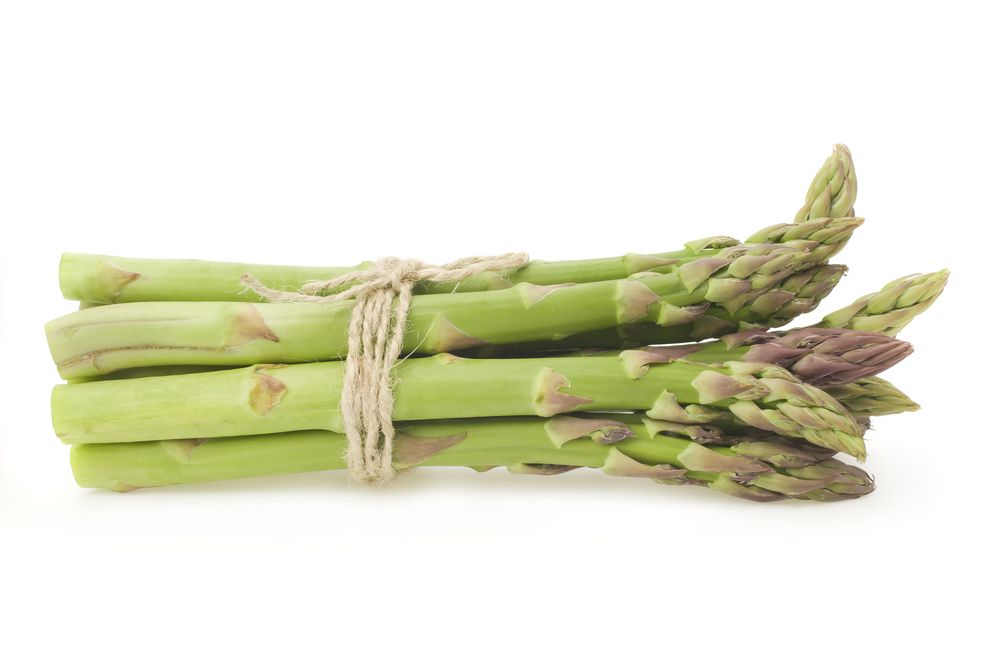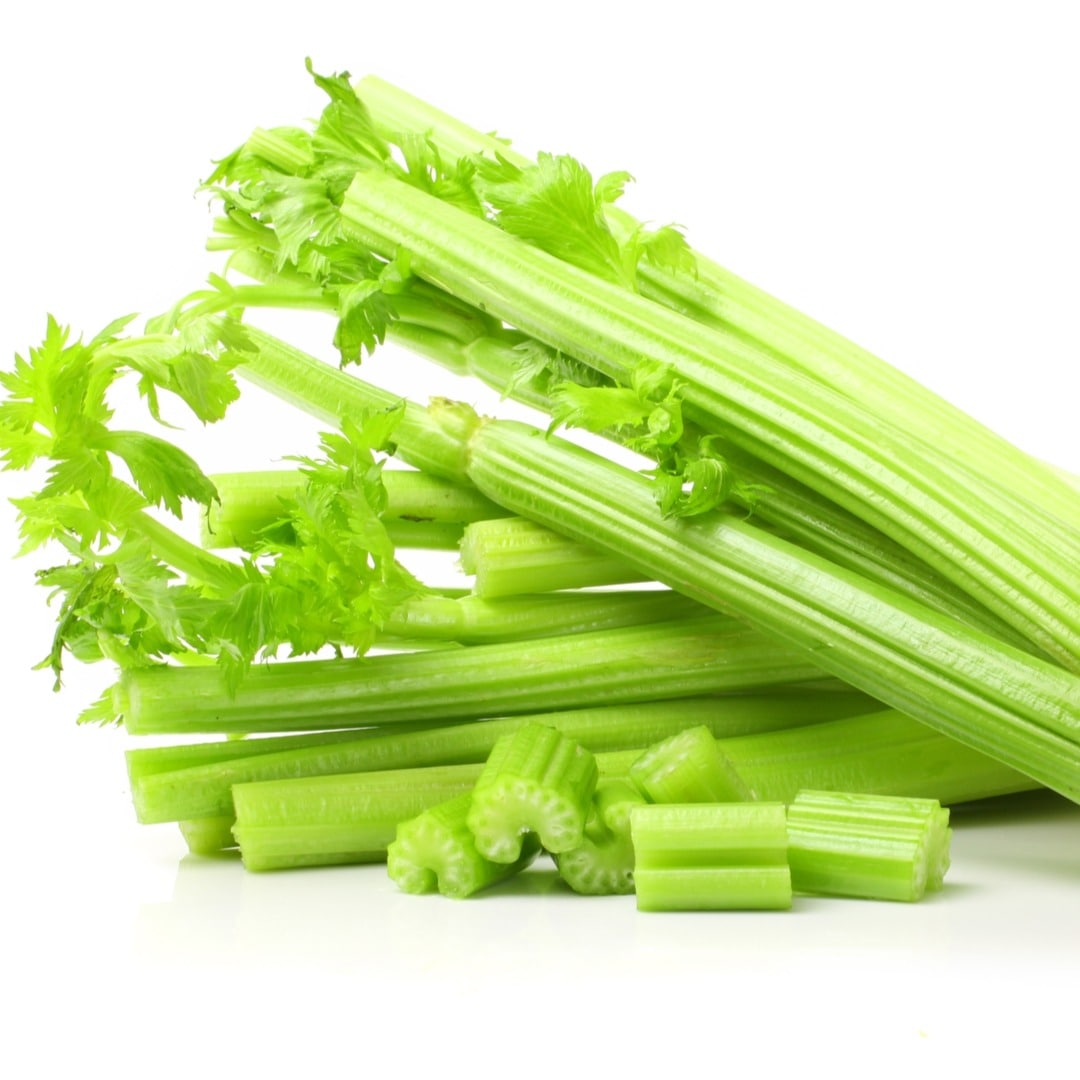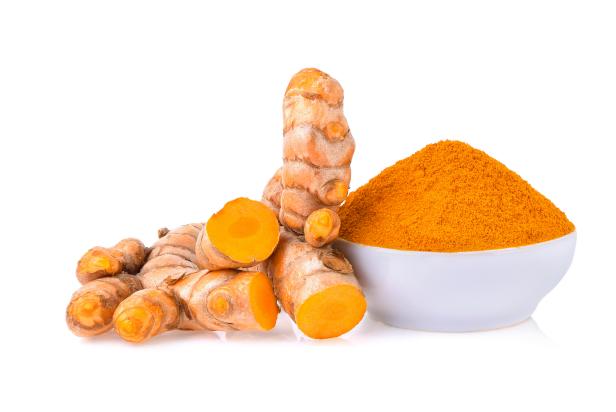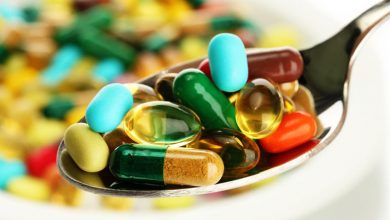renal diet – foods to avoid with kidney disease
renal diet – foods to avoid with kidney disease : About 10% of the world’s population suffers from kidney disease. The diet of kidney patients and related cases greatly impacts the treatment of kidney disease. Kidney disease nutrition is directly related to quality of life, fewer referrals to kidney specialists, and better treatment. In the nutrition of kidney patients, sodium, potassium, and phosphorus are the most important elements. You can eat and what you cannot eat based on the amount of sodium, potassium, and phosphorus in the diet of kidney patients. The consumption of cauliflower, blueberries, red grapes, egg whites, garlic, buckwheat (rye), olive oil, cabbage, oats, skinless chicken, bell peppers, and onions can improve kidney function. The article provides very useful and interesting information about the foods that can help kidney patients recover and remain healthy.
foods to avoid with kidney disease
Nutrition is one of the most important issues in the treatment of kidney disease. Poor nutrition and diet can contribute to diabetes and high blood pressure, which are two of the most common risk factors for kidney disease. In addition, obesity, smoking, genetics, gender, and age can also increase this risk. High blood pressure and uncontrolled blood sugar damage kidney blood vessels and impair their ability to function properly. Waste products, including food waste, accumulate in the blood when the kidneys do not work properly. Therefore, people with kidney disease must follow the diet of kidney patients. Depending on the degree of kidney damage, a different diet is required to treat kidney disease. Take the nutrition of the kidney patient seriously.
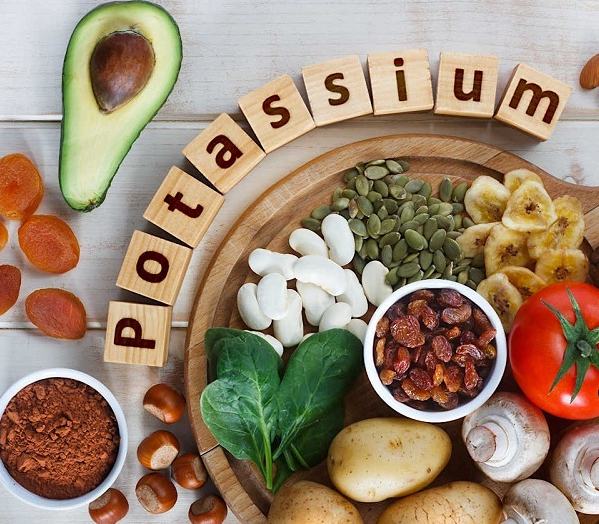
chronic kidney disease diet food list
People with early-stage kidney disease have different nutritional restrictions than those with kidney failure, also known as end-stage renal disease. An expert will determine the best kidney patient diet for you if you have kidney disease. It is important to follow a proper diet to treat kidney disease, which reduces the amount of waste in the blood for most people with advanced kidney disease. The kidney diet is also known as the kidney disease treatment diet. Providing the kidney patient with the proper nutrition will strengthen kidney function and prevent further damage.
diet chart for kidney patients
Even though dietary restrictions differ for kidney patients, it is generally recommended that all people with kidney disease take the following precautions:
Sodium in kidney patients’ diets
Sodium is the main component of table salt and is found in many foods. Damaged kidneys can’t filter sodium. Patients with kidney disease have high blood sodium levels. For kidney patients, it is often recommended to limit sodium intake to less than 2000 mg per day
Potassium in kidney patients’ diets
Potassium plays a crucial role in the nutrition of kidney patients. The intake of potassium in the diet of kidney patients is usually restricted to prevent dangerous levels of potassium from entering the bloodstream. A kidney specialist recommends limiting potassium intake in patients with kidney disease.
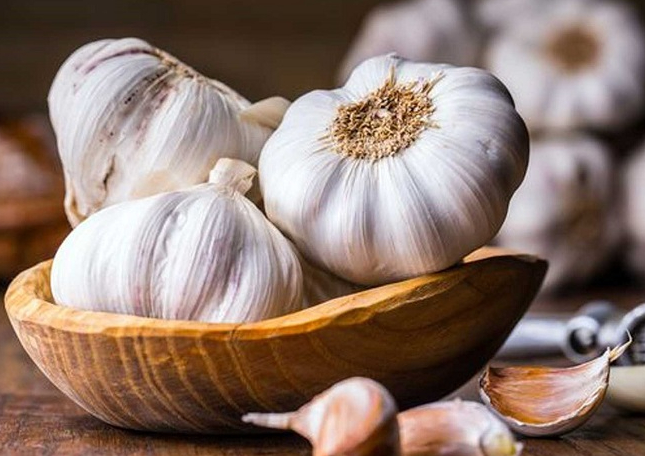
Kidney patients’ diets contain phosphorus
Excess phosphorus in kidney patients’ diets cannot be excreted by damaged kidneys. It is recommended that patients with kidney disease consume less than 800 to 1000 mg of phosphorus per day in their diet. Consequently, the kidney specialist recommends phosphorus restriction in the diet of patients with this disease.
Find out the importance of phosphorus in the diet of kidney patients, sodium in the diet of kidney patients, and potassium in the diet of severe kidney patients using this information. Many tasty and healthy options are low in phosphorus, potassium and sodium.
kidney friendly diet
Cauliflower and kidney patients’ nutrition
There are many nutrients in cauliflower, including vitamin C, vitamin K, folate, and vitamin B. Additionally, it is rich in anti-inflammatory compounds such as indole and is a good source of fiber. For low potassium foods, mashed cauliflower can be used instead of potatoes. Cooked cauliflower contains 19 mg of sodium, 176 mg of potassium, and 40 mg of phosphorus in one cup (124 g).
Blueberries can be beneficial for kidney patients.
Nutrient-rich blueberries are a great source of antioxidants. Anthocyanins, which are present in these sweet berries, may protect against heart disease, certain types of cancer, cognitive decline, and diabetes. They are also a great supplement for the diet of kidney patients, and should be included in their diet. Blueberries are low in sodium, phosphorus, and potassium. Fresh blueberries contain sodium: 1.5 mg, potassium: 114 mg, and phosphorus: 18 mg in one cup (148 g).
renal diet recipes
Diet of kidney patients and red grapes
Grapes are rich in vitamin C and contain antioxidants called flavonoids that reduce inflammation. Additionally, red grapes are rich in resveratrol, a flavonoid that protects against diabetes and cognitive decline. Sweet fruits, especially red grapes, are good for the kidneys. Half a cup of red grapes (75 g) contain sodium: 1.5 mg, potassium: 144 mg, and phosphorus: 15 mg.
The nutritional value of egg whites for kidney patients
Although egg yolks are very nutritive, they contain high levels of phosphorus, which makes egg whites a better choice for people on a kidney diet. Egg whites provide high quality protein and are good for the kidneys. It is also a great choice for dialysis patients who require more protein but need to limit their phosphorus intake. 66 g of large egg whites contain: sodium 110 mg, repta 108 mg, and phosphorus 10 mg.
Garlic and kidney patients’ diets
It is advised that people with kidney problems limit their sodium intake, including salt added to their diets. In addition to adding flavor to foods, garlic has nutritional benefits. It is a good source of manganese, vitamin C, and vitamin B6, as well as sulfur compounds that have anti-inflammatory properties. Garlic cloves (9 g) contain sodium: 1.5 mg, potassium: 36 mg, and phosphorus: 14 mg.
Nutrition and the disease of the kidney with buckwheat
Buckwheat and rye are healthy exceptions to the high phosphorus content of many whole grains. Buckwheat or rye is very nutritious and contains a good amount of B vitamins, magnesium, iron, and fiber. Buckwheat is also a gluten-free cereal, making it an ideal choice for people with celiac disease or gluten intolerance. Half a cup (84 g) of cooked buckwheat or rye contains 3.5 mg sodium, 74 mg potassium, and 59 mg phosphorus.
kidney disease diet
Olive oil contains healthy fats and contains no phosphorus, making it a great choice for people with kidney disease. The majority of people with advanced kidney disease have trouble maintaining their weight and consider healthy, high-calorie foods such as olive oil to be important. In olive oil, most of the fat is monounsaturated oleic acid, which has anti-inflammatory properties. Monounsaturated fats are also stable at high temperatures, making olive oil a healthy choice for cooking. A tablespoon (13.5 g) of olive oil contains 0.3 mg sodium, 0.1 mg potassium, and 0 mg phosphorus.
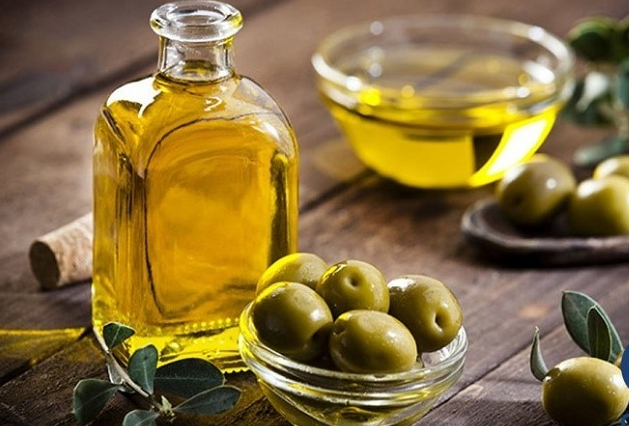
Patients with kidney disease and oatmeal
Whole wheat oatmeal is a great alternative to all whole grains that are high in phosphorus and potassium. The grain is a good source of B vitamins, magnesium, iron, and manganese. Furthermore, it is a good source of plant protein and high in dietary fiber, which is good for the digestive system. Half a cup (91 g) of oatmeal contains 4.5 mg sodium, 62 mg potassium, and 36 mg phosphorus.
Diet and nutrition for kidney patients
Cabbage belongs to the family of cruciferous vegetables and is high in vitamins, minerals, and plant compounds. This food is a good source of vitamin K, vitamin C, and many B vitamins. Additionally, it contains insoluble fiber, which keeps your digestive system healthy by promoting regular bowel movements and increasing stool volume. Moreover, shredded cabbage is low in potassium, phosphorus, and sodium. One cup (70 g) of shredded cabbage contains 13 mg of sodium, 119 mg of potassium, and 18 mg of phosphorus.
foods to avoid with kidney disease
Chicken without skin and kidney patients’ diet
Although some people with kidney problems need to limit their protein intake, getting high-quality protein is essential to good health. The skinless chicken breast contains less phosphorus, potassium, and sodium than the skinless chicken breast. Fresh skinless chicken is best than pre-cooked fried chicken, which contains large amounts of sodium and phosphorus. The sodium content of three ounces of skinless chicken breast is 63 mg, the potassium content is 216 mg, and the phosphorus content is 192 mg.
Capsicum and kidney nutrition
Bell peppers contain many nutrients, but they are low in potassium, unlike many other vegetables. Colored bell peppers contain a powerful antioxidant called vitamin C. Small red bell peppers (74 grams) containing 105% vitamin C are recommended. Additionally, they contain vitamin A, an essential nutrient for immune function, which is often compromised in kidney patients. A small red pepper (74 g) contains 3 mg sodium, 156 mg potassium, and 19 mg phosphorus.
Diet of kidney patients and onions
You can use onions to flavor kidney foods without adding sodium. When reducing salt intake, it is important to find flavored salt substitutes. You can flavor your food with garlic and olive oil without compromising your kidney health. Onions are also high in vitamin C, manganese and B vitamins, as well as prebiotic fiber, which helps your digestive system by feeding beneficial gut bacteria. The sodium content of one small onion (70 g) is 3 mg, the potassium content is 102 mg, and the phosphorus content is 20 mg.
also read :
Excretion of kidney protein and all about its causes and symptoms
Everything we need to know about kidney function and kidney disease

